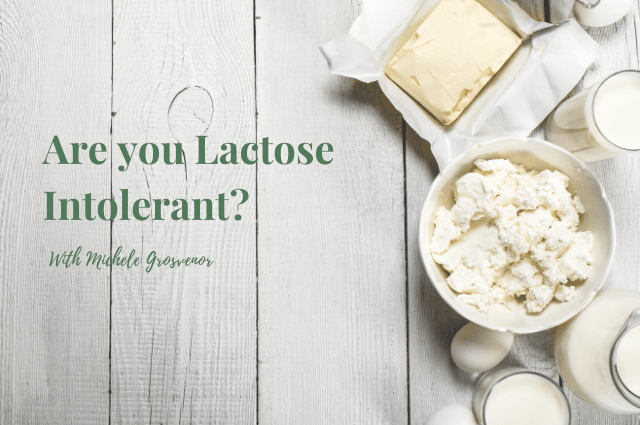
28 Oct Are You Lactose Intolerant?
In clinic I often have clients ask why milk is an issue for them, but they can eat yoghurt and cheese without any symptoms?
Lactose is a sugar found in cow’s milk and other dairy containing products. As a baby, most of us can digest this sugar as we make the enzyme lactase, which breaks it down into a form the body can absorb. When this enzyme is deficient instead of being broken down, lactose passes through to the colon where our gut bacteria ferment it instead. This can cause unpleasant symptoms such as gas, bloating, nausea, diarrhoea and general abdominal discomfort.
Your ethnicity and genes play a large role in your ability to make lactase, with about 50% of the world’s population unable to make enough. If you are from eastern or central Asia you are more likely to be lactose intolerant, with 80-90% of Asians experiencing this. They are closely followed by African, indigenous north Americans, southern Indians and Hispanic populations.
We can also lose the ability to produce lactase at quite an early age with some people noticing symptoms as early as 5 years old. This is when your son or daughter starts complaining of tummy ache before bed when they have had a big bowl of ice cream for dessert!
Lactose intolerance is not an allergy but more like a scale, with many of us able to consume dairy with no issues at all while others can only tolerate it in small amounts. This is because some of the dairy products we consume like yoghurt, contain specific bacteria that help break down the lactose and ferment it, making it easier for us to digest. It also depends on the amount of dairy you are consuming each day with the more you consume the more enzyme you need to digest it.
This is very different to a true milk allergy because in this scenario, your immune system is reacting to one or more of the proteins found in milk rather than you have an enzyme deficiency. With a milk allergy your body produces antibodies against these milk proteins or some of your white blood cells called lymphocytes are sensitised. In this type of allergy, you will usually see symptoms arise within an hour of consuming a milk containing product and the reaction is much more severe.
Symptoms can be anaphylactic type symptoms including
- Difficulty breathing.
- Skin rashes.
- Nausea and vomiting.
There are things you can do to manage lactose intolerance and avoid having unpleasant gut symptoms.
-
- Removing dairy from your diet.
This is the most obvious treatment if your symptoms are severe. If your symptoms are mild, then removing dairy for a period of time and reintroducing it will allow you to pinpoint which products are the main offenders.
- Removing dairy from your diet.
-
- Get familiar with dairy alternatives.
There are many good quality dairy free products on the supermarket shelf nowadays such as nut and coconut varieties that are both delicious and healthy, which could be used instead.
- Get familiar with dairy alternatives.
- Choose products with lower lactose.
- You could also try using lower lactose containing products such as hard cheeses like parmesan and cheddar. Alternatively, there are also specific enzymes you can take with dairy containing meals that help digest the lactose in foods reducing the severity of symptoms.
But as with most foods, consuming a lot of one type will skew your digest health. If dairy is an issue for you or you need some advice getting your health back on track, book an appointment with me today and let me guide you back to digestive bliss.
